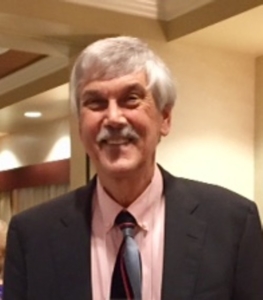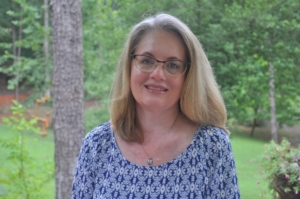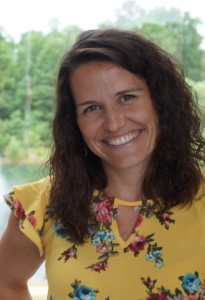Dialogue Versus Conversation

Paula Martinac
When I began my career as a fiction writer, my peers sometimes praised my “good ear” for dialogue. After publishing three novels, I gravitated to screenwriting and playwriting, and the shifts in form taught me that a good ear alone isn’t enough to craft believable dialogue. Being attuned to cadence and verbal tics is a start, but you also have to grasp that dialogue is the essence of speech rather than transcribed speech.
In fiction, dialogue helps drop the reader into the middle of the action with the characters. Every line has to pull its weight. For example, dialogue can reveal something about the character who is speaking or being spoken to, or even another character who is off-page or off-screen. In terms of plot, it can move the action forward or convey trouble ahead. It might give the story context by suggesting the time and place in which characters move around or by setting the mood. It might point to theme. And used gracefully, it can even insert a bit of backstory.
Screenwriters disparage “on the nose” dialogue, also called exposition. It crops up in all forms of creative writing in lines like, “I’m angry at you,” “We’ve been married ten years,” or “I’ve never been good at sports.” Subtlety and subtext are a dialogue writer’s best friends. Through them, you parcel out information and emotion with muted strokes rather than a heavy hand. And sometimes, the absence of dialogue speaks volumes.
But what about plays? Plays are stories told in dialogue, so how can a playwright hack away at lines and still tell the story? The answer is, don’t confuse dialogue with conversations. If you pay attention to people’s actual conversations, you’ll find them full of repetition, meanderings, and mundane observations. You’ll also realize they aren’t full of the lofty monologues and speeches we too often burden our characters with.
Don’t let the fear of getting your dialogue “right” paralyze your early drafts. A lot of the grittiest work with dialogue will actually take place in revision. One favorite tool from my playwriting experience is the time-honored “table read,” when the lines the writer has committed to paper get read aloud by others—if you’re really lucky, by actors. With fiction, read your own work aloud as a smart auditory exercise that can catch when you veer into transcribed speech.
Paula Martinac is a novelist, playwright, and screenwriter. In 2019, she received a Literary Fellowship from the North Carolina Arts Council and a Creative Renewal Fellowship from the Arts and Science Council. She teaches creative writing at UNC Charlotte.
*A longer version of this was originally published in the Spring 2021 newsletter of the North Carolina Writers’ Network.




 I find myself with a little extra time lately to notice things I don’t want to notice, like the dust on the bookshelves or that mole that I’m convinced has gotten bigger, hasn’t it? Details are what make life rich, but can also reveal so much about where a person (or character) is emotionally, mentally, and physically. The details that ring most true in writing are the ones we don’t notice at first in real life, the ones that emerge only when we have extra time and space to really look, listen, smell, and touch.
I find myself with a little extra time lately to notice things I don’t want to notice, like the dust on the bookshelves or that mole that I’m convinced has gotten bigger, hasn’t it? Details are what make life rich, but can also reveal so much about where a person (or character) is emotionally, mentally, and physically. The details that ring most true in writing are the ones we don’t notice at first in real life, the ones that emerge only when we have extra time and space to really look, listen, smell, and touch. I don’t keep up with the news as much as I should but occasionally a little sound bite from the living room, where my husband watches TV, invades my study. The snippet “Less Drama, More Mama” recently made its way into my head, and as rhymes do, lodged there.
I don’t keep up with the news as much as I should but occasionally a little sound bite from the living room, where my husband watches TV, invades my study. The snippet “Less Drama, More Mama” recently made its way into my head, and as rhymes do, lodged there. by Tina Barr
by Tina Barr